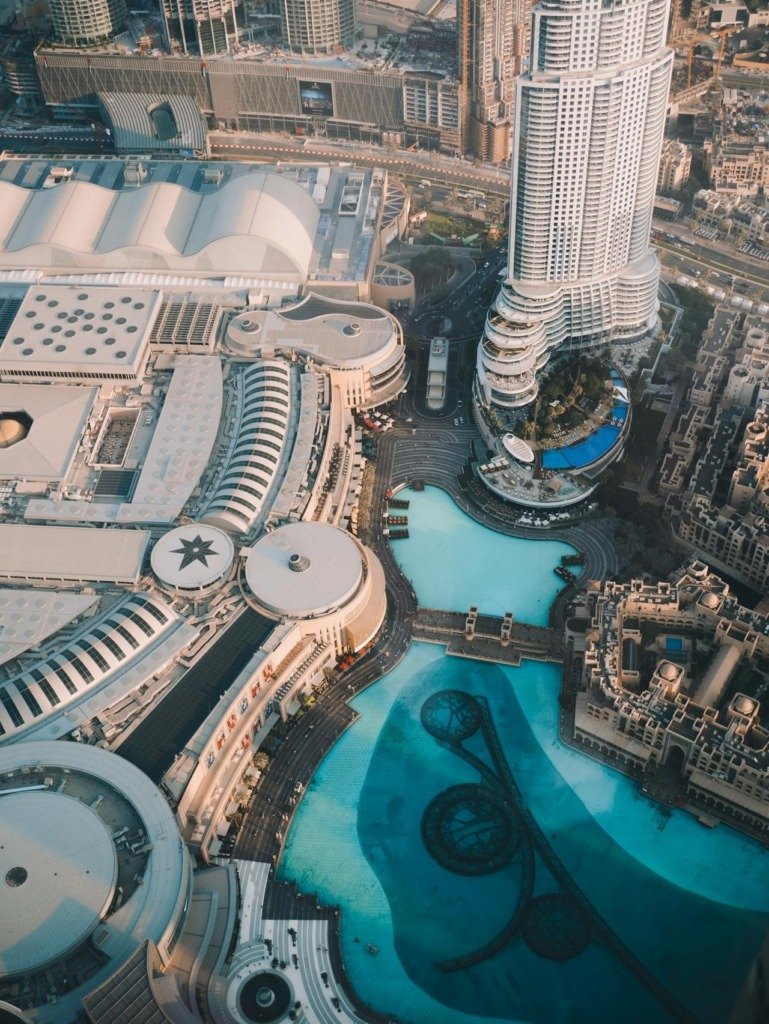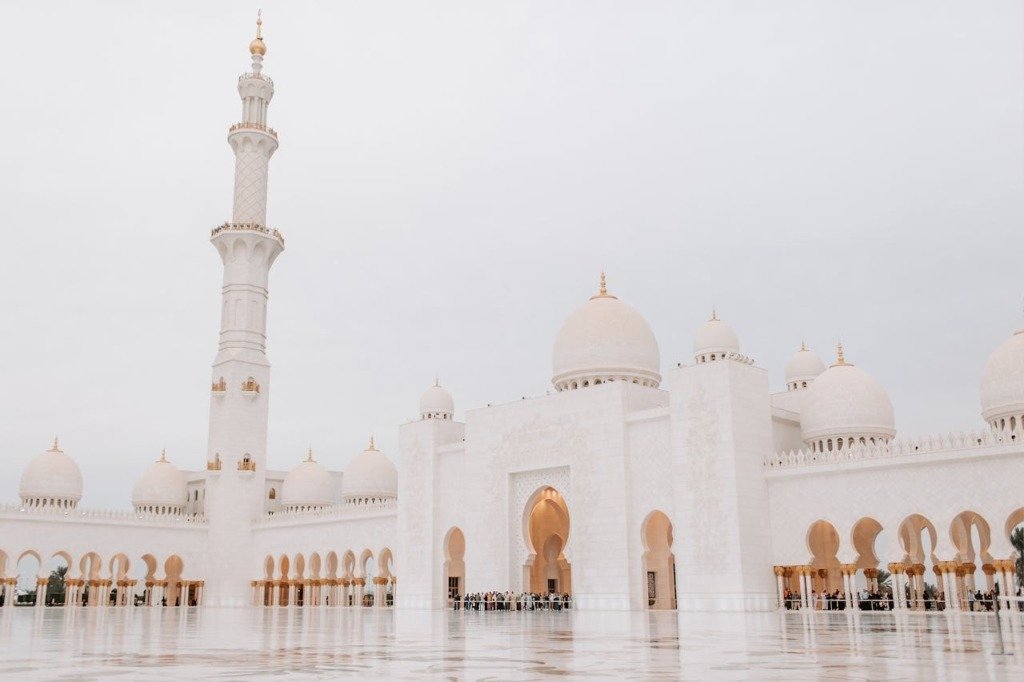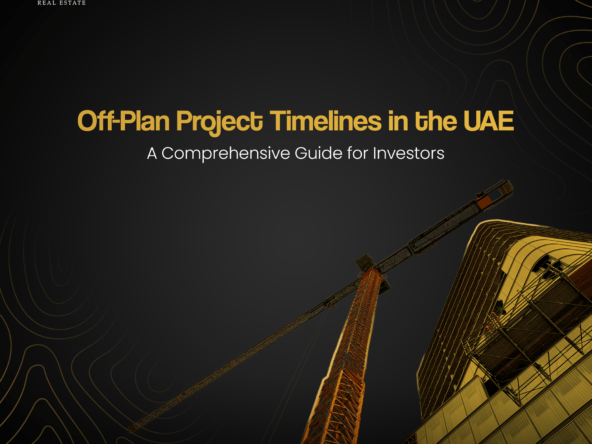The United Arab Emirates’ tourism sector reached an all-time high in 2024, with visitor spending soaring to AED 257.3 billion (about $70.1 billion), placing the country among the top seven global destinations for international tourist expenditure. This milestone isn’t just a tourism triumph — it’s a powerful driver of UAE real estate growth.
How Tourism Drives Demand in Real Estate
1. Hotspots See Higher Property Values
Popular tourist zones like Palm Jumeirah, Dubai Marina, and Downtown command premium prices due to high visitor demand and rental potential. Studies indicate properties within 1 km of attractions yield 15–25% higher value, with Dubai Marina rental returns averaging 7–9%, versus the city’s overall 5–6%.
2. Surge in Short-Term & Serviced Residences
As leisure tourism grows, so does the demand for high-yield short-term rentals. Hotel residences and serviced apartments near tourist hubs offer returns starting at 8% annually, attracting local and international investors.

3. Infrastructure Enhancements Boost Access
Tourism-fueled infrastructure expansions — from new airports and metro lines to integrated precincts — enhance property desirability. Major projects elevate accessibility and location-based premiums.

UAE Tourism Numbers: A Real Estate Tailwind
- AED 257.3 billion in tourism receipts (2024), a 3.2% increase from 2023 and a 26% rise over pre-pandemic 2019.
- International visitor spending: AED 217.3 billion, mainly from Indians (14%), UK (8%), Russia (8%).
- Domestic tourism contributions: AED 57.6 billion, up 41% from 2019.
These high-spend travelers create sustained demand for accommodation — increasing both sales values and rental income potential across holiday-home and luxury segments.
Tourism & Real Estate: Strategic Interplay
A. Golden Visa & Investor Residency Incentives
Long-term residency incentives tied to property investments encourage affluent buyers to purchase higher-value homes near tourist zones. This overlapping policy framework strengthens tourism-real estate synergies.
B. Clear Regulations for Short-Term Rentals
Dubai Land Department’s supportive policies on holiday lets have made tourism-aligned property investments more accessible. Clear tenancy frameworks make the market more appealing to both developers and investors.
C. Mega Events & Real Estate Gains
Events like Expo 2020 and COP28 intensified tourism, leading to spikes in short-term rental occupancy and new developments near event hubs.
D. Sustainability & Green Projects
The country’s ‘Green Tourism’ strategy and eco-friendly developments appeal to responsible investors seeking assets that align with ESG goals.
Real Estate Performance Fueled by Tourism
Recent data illustrates tourism’s tangible impact on real estate:
- Hotel sector: Occupancy rates rose to 77–78%, generating AED 33.5 billion in revenues (Jan–Sep 2024).
- Residential prices: Prime tourism locations like Dubai Marina have seen annual capital growth of 12–18%, with yields of 7–9%.
- Transaction volumes: Dubai recorded AED 761 billion ($207 billion) in real estate deals during 2024, driven largely by investor and tourism-related property demand.
Investment Opportunities
1. Serviced & Short-Term Rentals
Properties near tourist sites offer strong ROI via platforms like Airbnb, attracting investors in high-yield hospitality living.
2. Branded & Luxury Residences
Global hotel chains and branded residences near major attractions are commanding record values through tourism-influenced demand.
3. Off-Plan and Mid-Market Projects
New masterplans aligned with tourism zones offer affordable entry with future growth prospects fueled by rising tourism.
4. Commercial & Retail Spaces
High footfall from tourists creates demand for shopping centers, F&B outlets, and entertainment venues integrated within residential and hotel complexes.
Risks & Considerations
- Oversupply risk: With 210,000 units due in 2025–26, Fitch warns of possible double-digit price corrections.
- Seasonal volatility: A tourism slowdown could impact short-term rental returns; a balanced portfolio is essential.
- Global uncertainties: Economic or geopolitical disruptions could affect tourist inflows and investor appetite.
The Future Outlook
- Tourism targets: UAE aims for AED 450 billion tourism GDP and 40 million hotel visitors annually by 2031.
- Non-oil diversification: Supported by IMF projections of 4% GDP growth in 2024, driven by tourism and real estate.
- Infrastructure expansion: Continuous investment in airports, transportation, and cultural assets reinforces the tourism–real estate synergy.
- Repeat visits & longer stays: Industry focus on experiential, sustainable travel will likely increase average stay duration, benefiting property investment.
Conclusion
The UAE’s record $70 billion tourism revenue in 2024 is not just a headline — it is a cornerstone of its thriving real estate market. With well-crafted policies, premium developments, and strong infrastructure, the country offers exceptional opportunities for investors aiming to capitalise on the tourism–property synergy.
However, investors should be vigilant about supply dynamics and broader economic factors. Diversified portfolios that balance holiday lets, mid-term rentals, and prime long-term assets offer resilience and long-term upside.
About Rose Island Real Estate
At Rose Island Real Estate, we specialize in connecting global investors with high-performing assets aligned with tourism-driven demand. From serviced apartments and branded residences to off-plan waterfront developments and hospitality-linked properties — we guide you with expert insights and tailored strategies.
Contact us today to explore tourism-aligned opportunities in UAE real estate.





